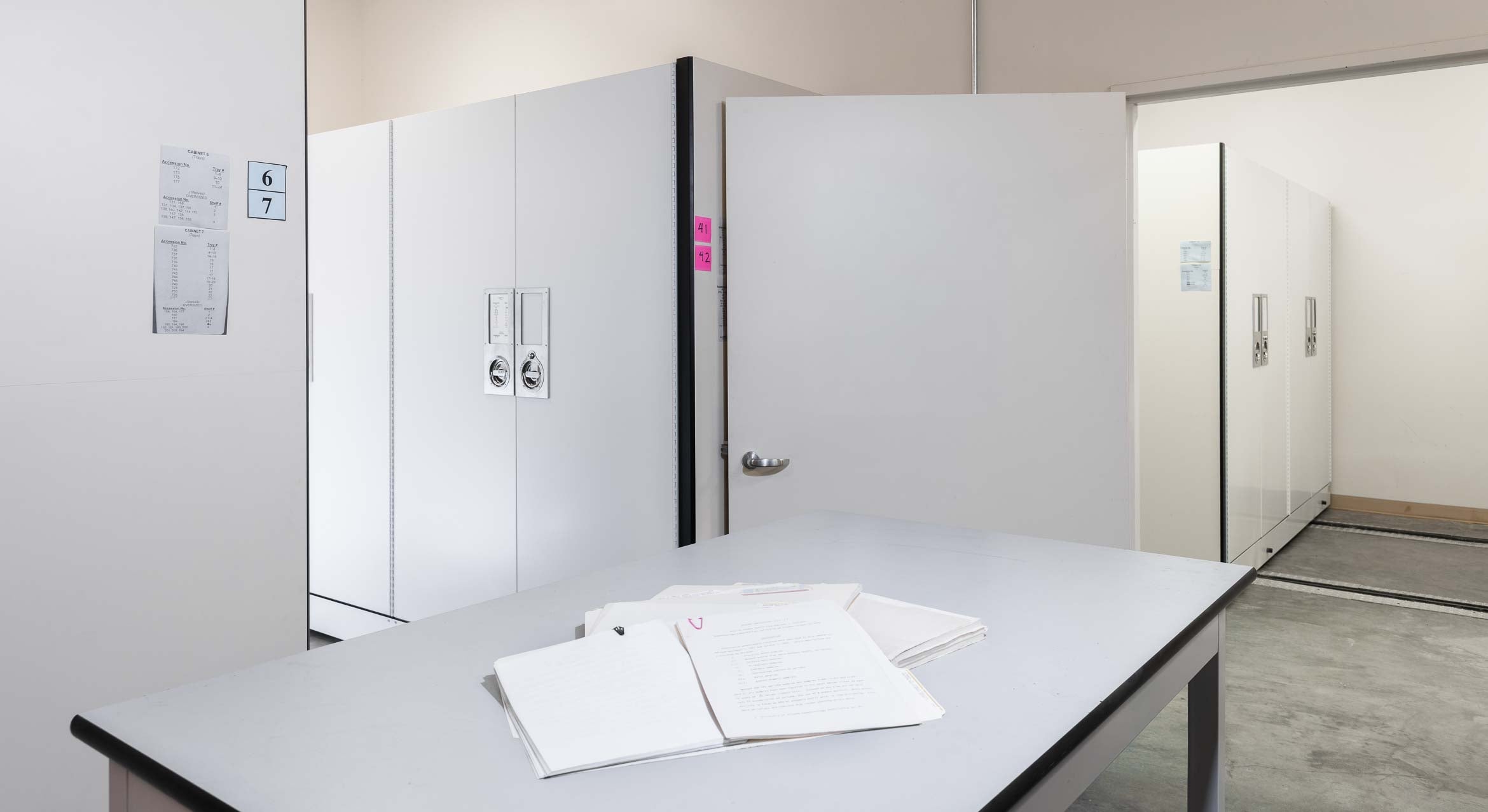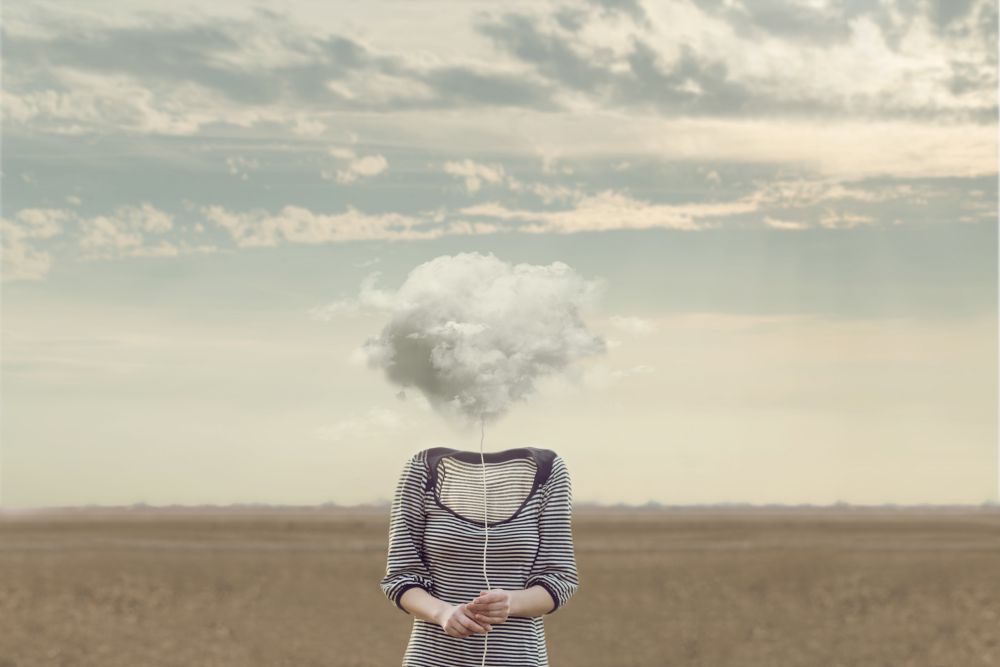
‘Future Tripping’
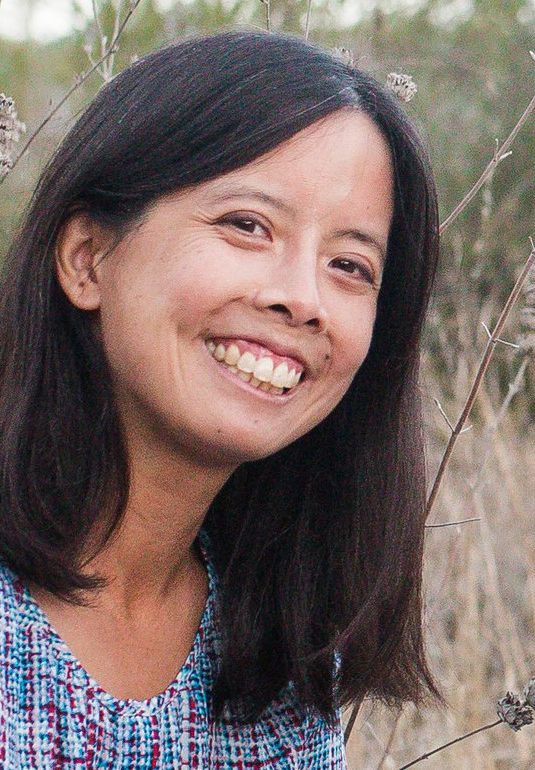
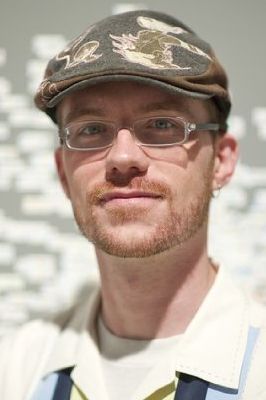
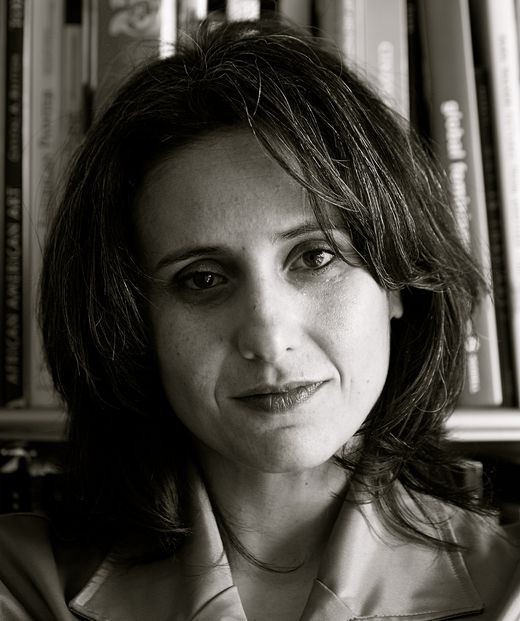
The looming threats and dangers that keep us up at night compete for our attention with such malignant gusto that we often miss the wonders around us. It’s a phenomenon known as “future tripping,” and it got three faculty members at UC Santa Barbara thinking: How can we approach this as humanities scholars with diverse interests?
The answer is the aptly named “Future Tripping” symposium, which will be April 23 and 24 in the Wireframe Studio and the Digital Arts & Humanities Commons, Rooms 1404 and 1410 in the Music Building. It is free and open to the public.
Conceived as an “unconference,” it was designed to eschew the traditional presentation of papers in favor of interactivity, said the organizers, Alenda Chang, assistant professor of film and media studies; Laila Shereen Sakr, assistant professor of film and media studies; and Jeremy Douglass, assistant professor of English and faculty director of the commons.
“The conference is designed to be more intimate and more creative, and to give participants — faculty, students and the public — the tools to creatively address these anxieties, and to feel that they actually have agency to do something about their situation,” said Chang, who specializes in merging ecocritical theory with the analysis of contemporary media. She also maintains the Growing Games blog and shares Wireframe Studio with Sakr.
“Future Tripping” — the term was suggested by Christina McPhee, an artist who will have a video and audio installation at the symposium — is designed to address our collective anxieties about the future of the economy, politics and the environment in ways that stretch the boundaries of science and the humanities.
The symposium will bring together artists, scholars and researchers whose varied interests might meet and coalesce in an alchemy that brings fresh perspectives to the issues that vex society, said Sakr, whose work explores digital media, virtual reality and more.
“We want to show our students that it’s OK to have your brain and your passions operate across those boundaries, and not just pay lip service to interdisciplinarity, but to actually model it in terms of practice and the actual content of the presentations,” said Sakr.
The organizers are careful, however, about not calling the symposium “interdisciplinary.” To them it’s more than that, a chance to blend practice and insight in new ways. “We wanted to collectively look at each other and say, ‘Wow, we really are doing something a little different,” said Chang.
The event will be the inaugural symposium for Wireframe Studio, which launched in 2017. It is also the first major symposium co-sponsored and co-hosted by the Digital Arts & Humanities Commons, an open-floor plan co-working space for digital scholarship, pedagogy and creative practice.
As director of the commons, Douglass sees this event as a model for future activities: “Bringing together artists, faculty, graduates and undergraduates to learn from each other in shared conversations is what the Commons is all about,” he said. “We hope this ‘Future’ event will inspire more in the future.”
Even the structure of the symposium veers from tradition. It kicks off 1 p.m. on Monday, April 23, with an opening play workshop led by Susana Ruiz, an assistant professor of film and digital media at UC Santa Cruz.
Sakr, as VJ Um Amel (video jockey “mother of hope” in Arabic), the cyborg avatar she created 10 years ago, will demonstrate a virtual reality world she’s building from billions of tweets.
Framing remarks and keynote by Elizabeth Losh of the College of William and Mary begin at 4 p.m. on the 23rd. Losh, an associate professor of English and American studies who specializes in new media ecologies, will speak on “That Was the News That Wasn’t: Fake News and the Culture of Simulation.”
“Future Tripping” is sponsored by John Majewski, the Michael Douglas Dean of Humanities and Fine Arts and professor in the Department of History; College of Letters & Science; Interdisciplinary Humanities Center; Carsey-Wolf Center; Center for Information Technology and Society; Digital Arts & Humanities Commons; Transcriptions; Media Arts & Technology Program; Orfalea Center for Global & International Studies Environmental Justice/Climate Justice Research Hub; Department of Environmental Studies; and the Department of Film and Media.



